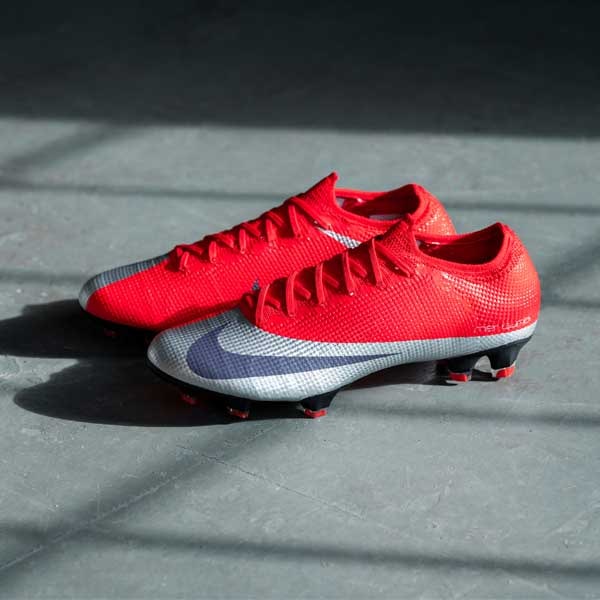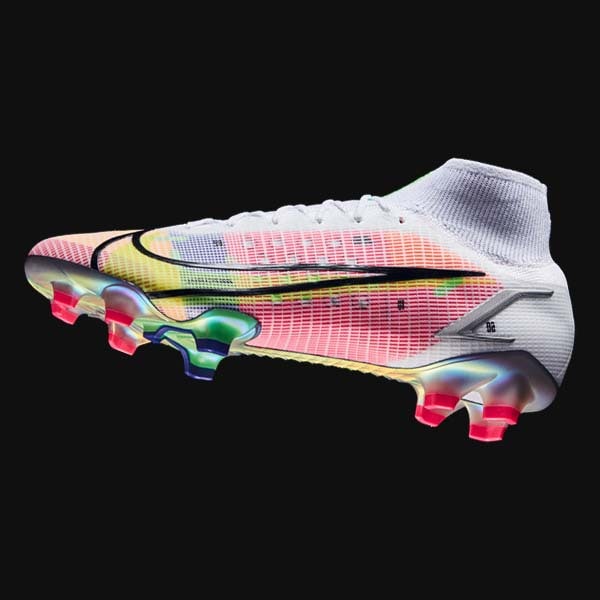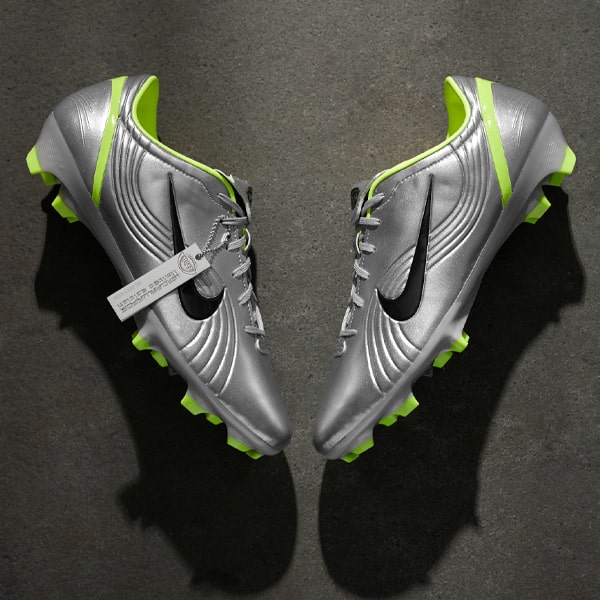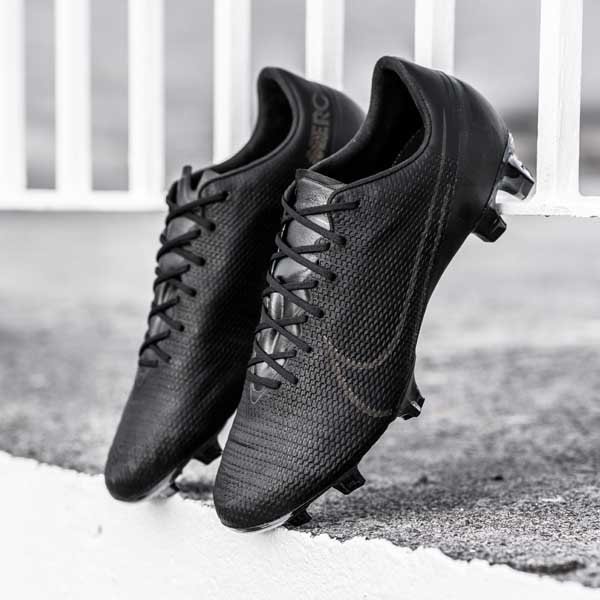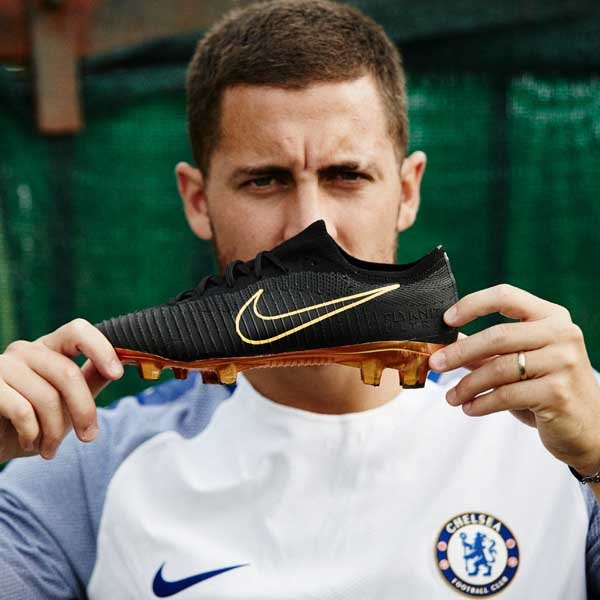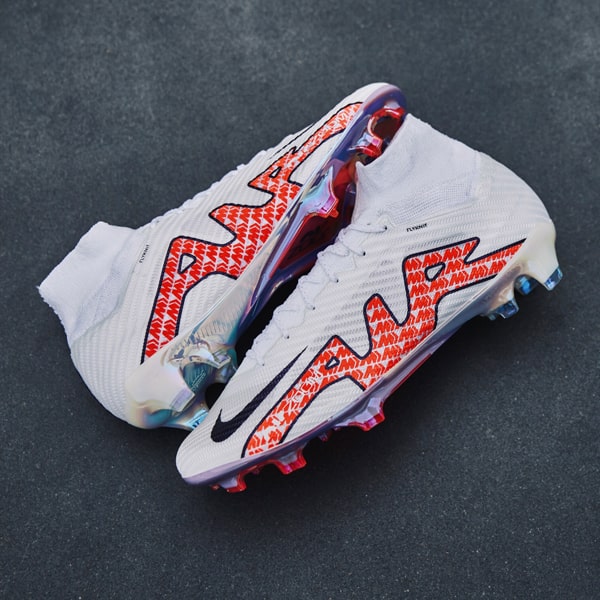Nike HyperVenom or Mercurial - Which Are You?

Following the launch of the Nike HyperVenom we've continually been asked the same question; 'what's the difference between the Mercurial and the HyperVenom?' A number of Mercurial players have switched to Nike's 'new breed of attack', but why, and should you? Is the game big enough for the both of them?
The HyperVenom has taken over from the long serving T90, with players including Wayne Rooney and Robert Lewandowski now lacing up in Nike's new silo. Visually the HyperVenom is more Mercurial than T90, but there are key difference between Nike's famous speed boot and their new silo.

Firstly the upper materials are completely different; after feedback from their athletes revealed players looking for a boot with the benefits of bare-foot touch, Nike created NIKESKIN for the HyperVenom - a unique material that is much softer than the Mercurial upper. The honeycomb design feels wax like to touch and provides noticeably more grip than the speed control texture on the Mercurial.
The Mercurial upper is designed to cut through air fast and therefore create high powered acceleration which is perfect for players who sprint longer distances throughout the 90 minutes. The HyperVenom's NIKESKIN is just that - the upper acts as a second skin, it's soft and moulds around the foot for a close and flexible fit. 

The speed elements of the HyperVenom are more agility focused - dribbling into congested penalty boxes, quick feet, changing direction at pace and pushing off to get to the ball before defenders. Here's our best car analogy to try and explain it - you'd want the Mercurial for a drag race and the HyperVenom for a tight cornered race track.
Here's a more technical explanation from the Nike chiefs themselves - "We worked with some of the world s top podiatrists to create a decoupled outsole that increases the player s ability to make that important first step away from the defender. A groove in the forefoot helps to quickly activate the first metatarsal, the bone that defines reaction time of the foot s first movement." 
When pushing off to make a darting run it's obviously important not to slip. This is Nike's reasoning behind the conical studs on the FG HyperVenom. Nike's feedback about the Mercurial was that the bladed studs caused players to slip when turning as they slice through the ground. In comparison the rounded conical studs are able to penetrate the ground more securely.
So when Nike say 'the HyperVenom allows players to create more space', it basically means the boots offer you the platform to turn quicker, thereby losing your defender faster and giving you more time to pick a pass or get a shot away. 
The nature of the Nike Mercurial is full throttle, straight line speed. They're designed for latching onto that through ball in behind the full back, charging down on goal and getting a shot in without a defender getting close to you. For that reason, the sole-plate (FG) and upper design is centered on aiding your maximum acceleration.
So what's the damage? When it comes to price, most retailers are asking for around £160 for the Mercurial and the same for the HyperVenom, there's nothing in it. Weight wise the boots are a few grams either side of the 200g mark with the Mercurial the lighter, but to be fair you aren't going to notice that when playing.
